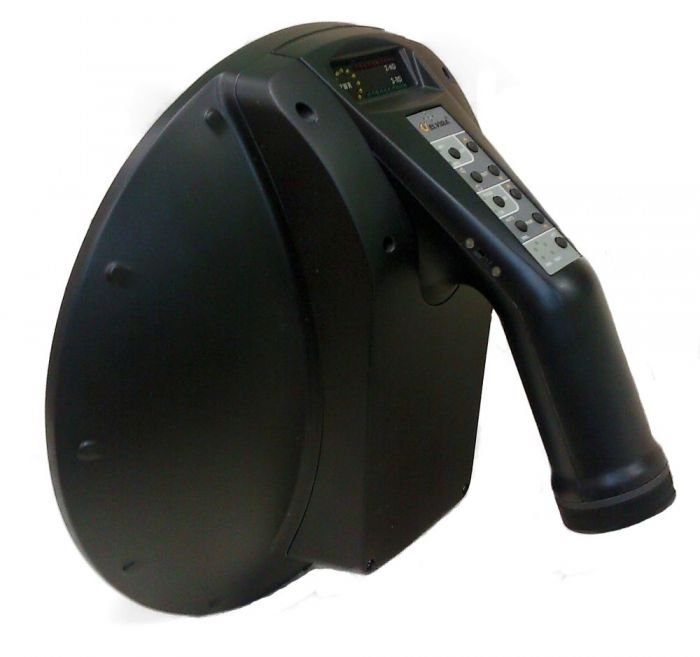Description
Double probing frequency non linear junction detector
Double probing frequency non-linear junction detector
The non-linear junction detector LORNET-0836 is the indispensable tool for quick and reliable detection of devices containing semiconductor components. It can be used for counter-surveillance search works in premises (covert transmitters identification), as well as for location of explosive devices outdoors. The DPF (double probing frequency) technology with a patent pending antenna system places it truly apart from the competition.
Main competitive advantages:
•Double probing frequency operation mode gives significant advantages over single frequency NLJD since it is much better to detect small-sized and high-frequency semiconductor objects at high •frequencies whereas the use of low frequencies benefits from improved detection in the wet ground and concrete walls;
•It is possible to operate in one of the frequency ranges and in both of them simultaneously;
•An embedded parabolic antenna with high gain (20 dB at 3600 MHz) enables highly precise detection of semiconductor components from a long distance (up to 10 m);
•Laser pinpointing for a space selective object localization;
•Wide power control range, automatic and manual modes of probing signal level adjustment;
•Possibility to listen to the envelope detector output as well as to the received signal level via a built-in loudspeaker and wireless head phones to evaluate parametric impacts (e.g. knocking) on the suspicious object.
Technical characteristics: | |
| Type of probing signal | pulse |
| First probing signal frequency | 789,5 … 791,5 MHz |
| Second probing signal frequency | 3581,5 … 3607,5 MHz |
| Duty cycle | 0,3 % and 5% |
| Transmitters peak power in each frequency range | 40 W / 20 W |
| Receivers sensitivity | <-110 dBm |
| Operation time with changeable battery (duty cycle 0,3% and 5%) | >3.0 / 1,5 h |
| Dimensions | 305 mm x 305 mm x 280 mm |
| Weight | <1,6 kg |











Reviews
There are no reviews yet.